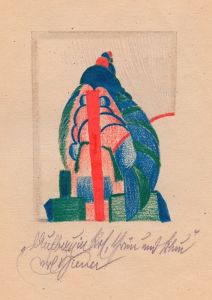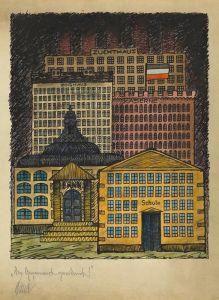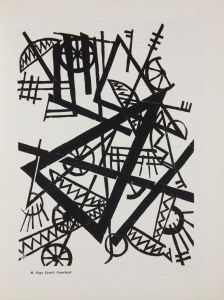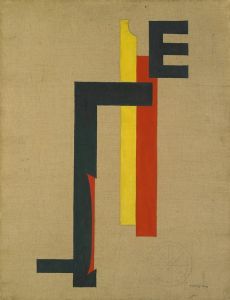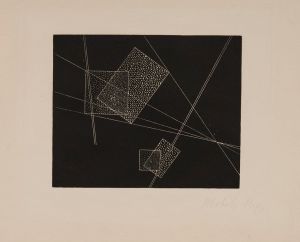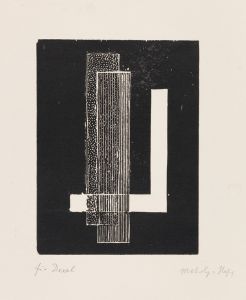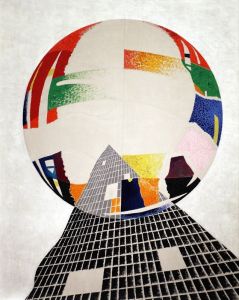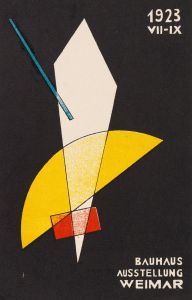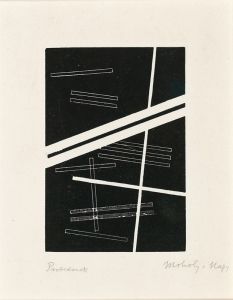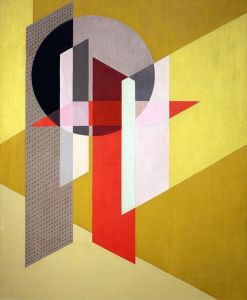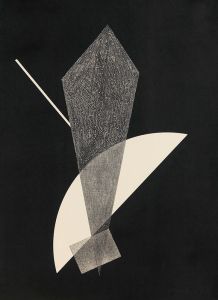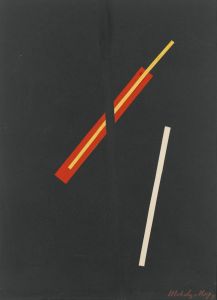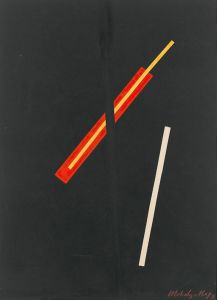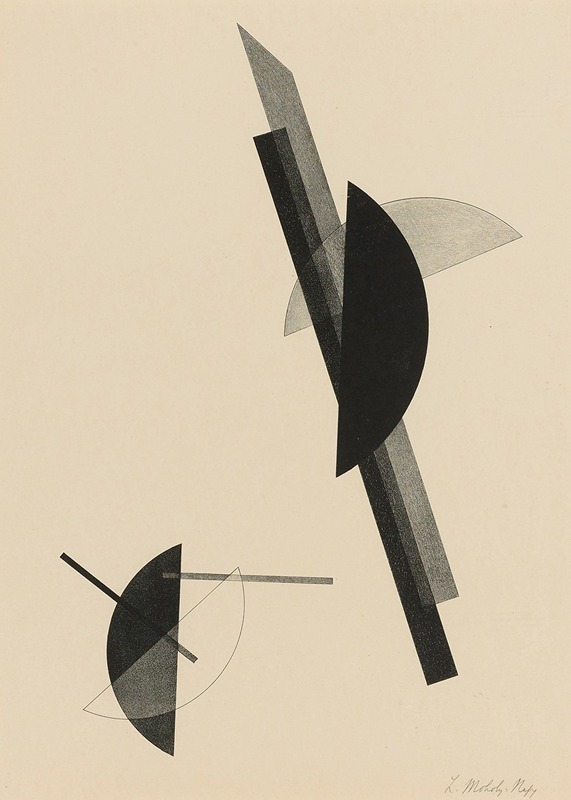
Kestnermappe; Komposition
A hand-painted replica of László Moholy-Nagy’s masterpiece Kestnermappe; Komposition, meticulously crafted by professional artists to capture the true essence of the original. Each piece is created with museum-quality canvas and rare mineral pigments, carefully painted by experienced artists with delicate brushstrokes and rich, layered colors to perfectly recreate the texture of the original artwork. Unlike machine-printed reproductions, this hand-painted version brings the painting to life, infused with the artist’s emotions and skill in every stroke. Whether for personal collection or home decoration, it instantly elevates the artistic atmosphere of any space.
László Moholy-Nagy was a Hungarian painter and photographer, as well as a professor in the Bauhaus school. He was highly influential in the fields of design and visual arts, known for his innovative approach to integrating technology and art. Moholy-Nagy's work often explored the relationships between light, transparency, and movement, and he was a pioneer in the use of industrial materials in art.
"Kestnermappe; Komposition" is one of Moholy-Nagy's works that reflects his interest in abstraction and constructivism. The piece is part of a portfolio published by the Kestner-Gesellschaft, an art society based in Hanover, Germany, which was known for promoting modern art and artists. The portfolio, known as "Kestnermappe," included works by various avant-garde artists of the time, showcasing the diversity and innovation of early 20th-century art movements.
Moholy-Nagy's contribution to the Kestnermappe exemplifies his commitment to exploring new artistic forms and techniques. His compositions often featured geometric shapes, dynamic lines, and a careful consideration of spatial relationships. These elements were characteristic of the constructivist movement, which sought to reflect the modern industrial world through art. Moholy-Nagy's work in this period was marked by a departure from traditional artistic methods, embracing instead a more experimental and forward-thinking approach.
In "Kestnermappe; Komposition," Moholy-Nagy likely utilized a combination of media, possibly including photomontage, a technique he was known for developing and popularizing. Photomontage involves the combination of photographic images to create a new, often abstract, composition. This technique allowed Moholy-Nagy to explore the interplay of light and shadow, as well as the juxtaposition of different textures and forms.
The work is a testament to Moholy-Nagy's belief in the transformative power of art and its ability to engage with contemporary technological advancements. His approach was deeply influenced by his time at the Bauhaus, where he was a key figure in promoting the integration of art, technology, and industry. Moholy-Nagy's teachings and works emphasized the importance of experimentation and the breaking down of barriers between different artistic disciplines.
While specific details about "Kestnermappe; Komposition" may be limited, it is clear that the piece fits within Moholy-Nagy's broader oeuvre, which consistently challenged conventional artistic boundaries and sought to redefine the role of the artist in the modern world. His legacy continues to influence contemporary art and design, as his ideas about the fusion of art and technology remain relevant in today's digital age. Moholy-Nagy's work, including his contributions to projects like the Kestnermappe, underscores his status as a visionary artist who was ahead of his time.





